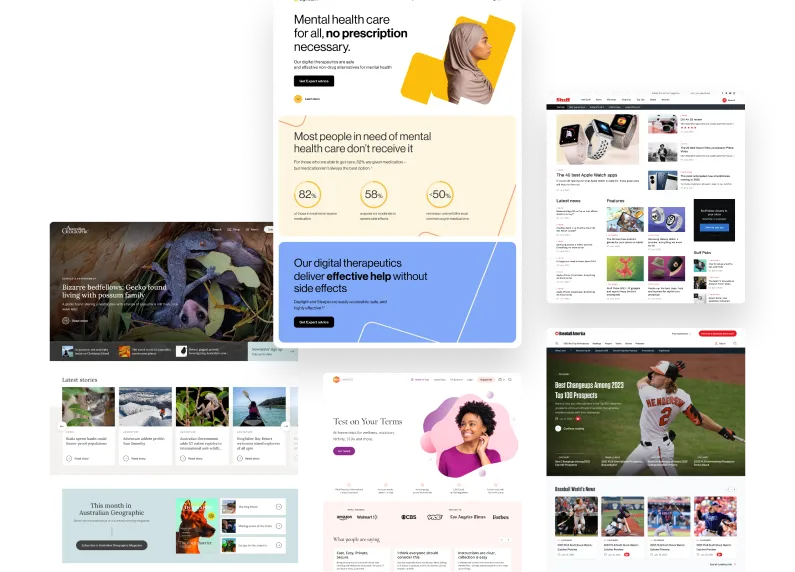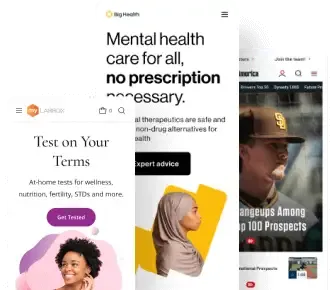“If everyone thinks the same, we don’t innovate, we just iterate.”
That was one of the final thoughts I shared during my talk at WordCamp Masaka. But it was the quiet moments that followed, off-stage, and in the side conversations that really reshaped my perspective.
A few weeks ago, I had the honor of speaking at WordCamp Masaka 2025, held at the Equator University of Science and Technology in Uganda. My talk, The Innovation Gap: How Missing Perspectives Threaten WordPress’s Future, explored what happens when inclusion, representation, and access are treated as optional in open source.
I discussed the global reach of WordPress, powering over 43% of the web and asked the hard question, “if the people building the web don’t reflect the people using it, are we really innovating? Or just reinforcing the same systems in different packaging?”
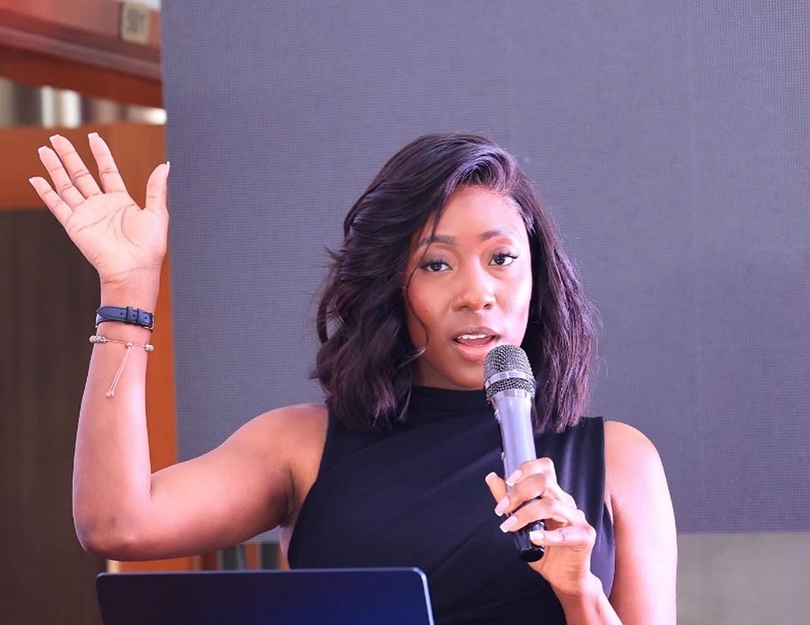
Breaking the Ice
To open my talk, I led a privilege exercise. I asked attendees to stand up and sit down based on prompts like:
- Stand if you’re a woman.
- Stand if you work in a non-technical role.
- Stand if you’ve ever seen someone who looks like you leading a WordCamp.
The energy in the room was different. Reflective. Still. The responses in Masaka weren’t what I imagine we’d see at flagship camps in the U.S., Europe, or Asia, and that was the point.
This wasn’t about judgment. It was about visibility, or lack thereof. About reminding each other that our stories, experiences, and access points shape how we move in tech, and who gets left behind when we don’t pay attention.
On the Ground in Masaka
After my talk, I sat down with two people whose commitment to WordPress blew me away. Moses Ssebuwufu, the lead organizer of WordCamp Masaka, and Samuel Osei, a WordPress community leader from Ghana.
They weren’t there for applause or titles. They were there because they are invested in the future of WordPress in Africa.
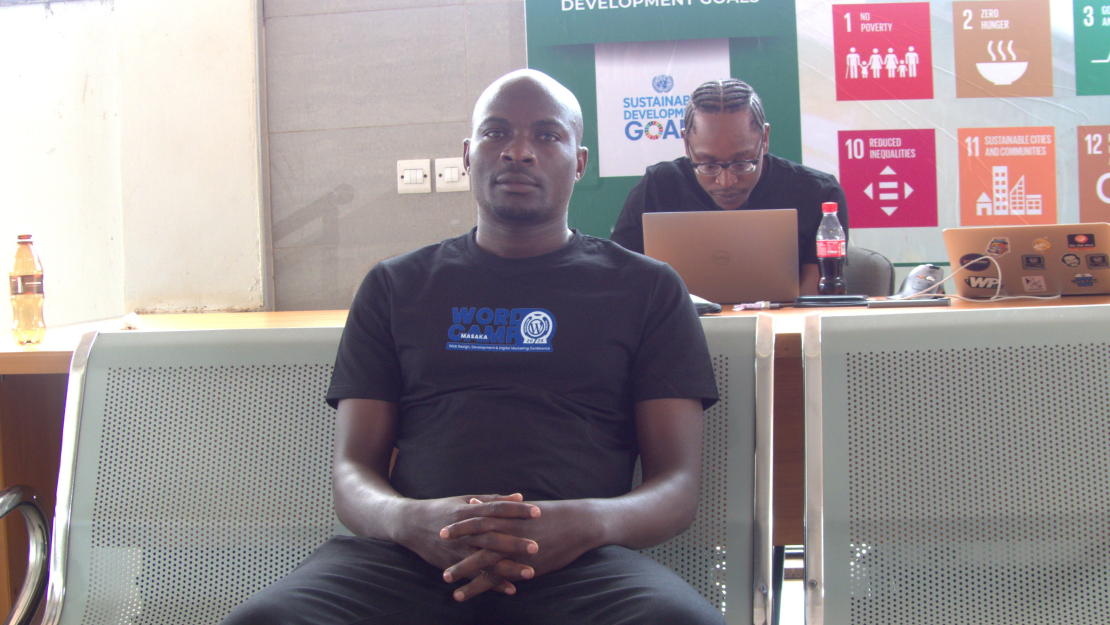
A Classroom-to-Community Vision
Moses shared how they’ve intentionally built WordPress clubs in high schools and universities across Uganda. These clubs are more than extracurriculars, they’re part of a long-term plan to embed open source learning into education.
“We do local outreach in schools and universities… we go and have meetups and organize these activities… just to encourage young people to understand what WordPress is, and how they can use it.”
Moses Ssebuwufu
Lead organizer of WordCamp Masaka
They’ve developed curriculum plans, organized workshops, and created entry points for students who have never written a line of code, with clear goals in mind.
Early exposure, practical learning, and community belonging.
They’re doing all of this with limited funding, slow internet, and often no laptops of their own. Yet the work continues. Consistently. Quietly. Powerfully.

Inclusion Through Access & Ability
Samuel, who traveled from Ghana for the conference, and was sponsored by Yoast, shared the work he’s doing to reach people who are often overlooked entirely, including individuals with disabilities.
“We are trying to create programs for people who are blind or physically challenged… training them so they can use WordPress to earn a living, and to provide opportunities.”
Samuel Osei
WordPress Community Leader
He helps facilitate hands-on, skills-based learning that empowers participants to build digital products, freelance, and gain employment. And the commitment goes beyond just tech. It’s about showing people that they can belong in an industry that often doesn’t make space for them.
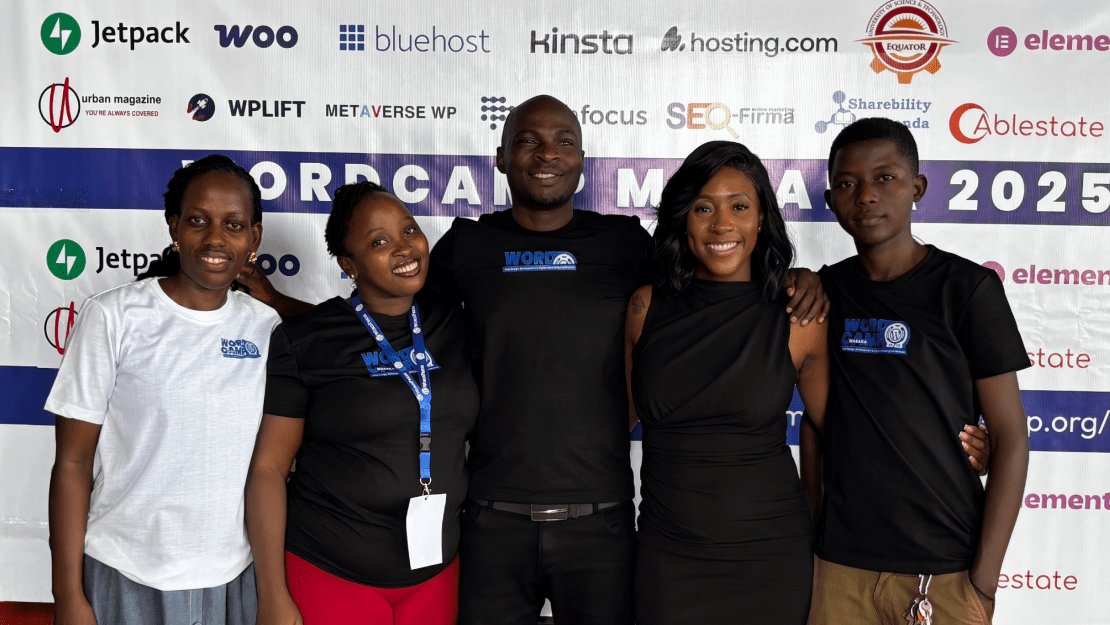
This Is What Open Source Looks Like
What Moses and Samuel, and many others across the continent are doing is what open source at its best looks like:
- Rooted in community
- Driven by education
- Focused on access, not ego
They are building pathways for students, for women, for people with disabilities, for beginners with nothing but a mobile phone, and they are doing it with love, consistency, and zero expectation of recognition.
This is the work. And it deserves more than applause, it deserves investment.
Where the Gaps Really Are
The conversations I had in Masaka reminded me of something important. The global WordPress community is full of extraordinary builders, but not everyone has the same path to visibility or opportunity.
Right now, much of the structure naturally leans toward:
- Communities in Western regions that are already well-resourced
- Sponsorship models that are harder to access for some organizers
- Greater recognition for code contributions than for community impact
- Systems that favor those with more time, money, or existing connections
Meanwhile, there are leaders teaching in classrooms with limited internet, running meetups powered by pure resourcefulness, and guiding students through WhatsApp groups. Their impact is real, but too often their stories stay local.
What We Are Missing
We already have the talent. What will take WordPress even further is:
- Attention that shines on every region
- Infrastructure that adapts to different local realities
- Support that flexes to meet communities where they are
When we broaden who gets seen, who gets supported, and who gets celebrated, we unlock innovation that benefits the entire ecosystem. The future of WordPress depends on all of us making space for more voices, more perspectives, and more builders to lead the way.
“When perspectives are missing, we build tech that excludes.” I said it during my talk, and Masaka helped me feel the weight of it.
So What’s Next?
We must move with action.
Here’s where we can start:
- Fund contributors. Pay organizers, mentors, and advocates in the Global South.
- Adapt sponsorship models to reflect real barriers, connect internet costs, devices, and travel grants to community impact.
- Share platforms. Highlight voices that are already doing the work, even if they’re not in traditional contributor roles.
- Stop assuming innovation only happens at flagship camps. Masaka is innovating. Ghana is innovating. The next generation is showing up. Let’s meet them where they are.
Final Thoughts
Masaka reminded me that WordPress doesn’t live in Slack threads or JIRA tickets alone. It also lives in classrooms, cafeterias, areas with low data, and hopeful hands.
What would WordPress look like if we truly listened to the builders we don’t always see?
We already have the answer. We just have to look in the right places.

